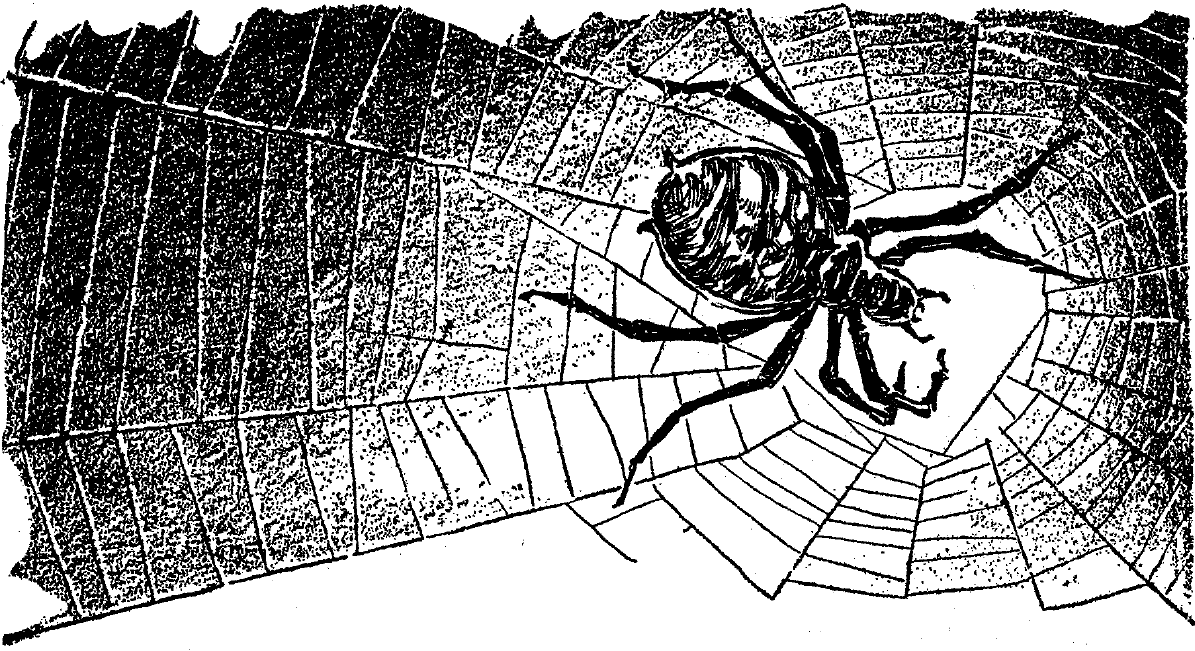The Australian funnel-web spider is one of the most dangerous spiders in the world. The spider’s bite can cause death in 15 minutes and, before the discovery of anti-venom, it was responsible for a number of human fatalities.
Although the bite is now easily treatable, it still causes intense pain. However, despite the dangers of the spider, scientists may have found a positive, and possibly life saving, use for the venom.
Researchers from the University of Queensland and Monash University captured the spiders from their burrows and then milked their venom to study it. In doing this they discovered a peptide called Hi1a.
The scientists then created a purified version of the protein and administered it to lab rats after they had been induced to have strokes.
The results of this study, published in the Proceedings of the National Academy of Sciences showed that the rats showed improved neurological and motor function when given Hi1a, even when it was applied up to eight hours following the stroke.
The protein works by inhibiting the activation of acid-sensing ion channels, impeding the damage caused by the stroke. As such, Hi1a is being described as highly neuroprotective.
Strokes are one of the leading causes of death. While there are factors which can increase an individual’s chances of a stroke (such as high-blood pressure), anyone could suffer from a stroke at any time. Even when a stroke does not result in death, the survivor is likely to have serious lifelong effects.
Despite the massive nerve damage to the brain which can follow a stroke, there are currently no approved drugs able to treat this. As such, the further study of Hi1a may prove important to the treatment of future stroke victims and could improve many lives.
The study of Hi1a is still in its early stages and no human trials have taken place as of yet.
The initial results, however, seem to show great promise. Kate Holmes of the Stroke Association said it was unclear whether the treatment could be applied to humans, but seemed hopeful that it could be used in certain cases.
“We welcome any treatment that has the potential to reduce the damage caused by stroke, particularly if this can benefit people who are unable to arrive at hospital quickly.”
She went on to say: “Current treatments must be given in half this time period, and it is too early for us to know if this research can offer an alternative for stroke patients.
“We urge for strokes to be treated as an emergency – the sooner a person can get to hospital after a stroke, the sooner the right treatment can be received, which can improve survival and help recovery.”
Image: Popular publications

